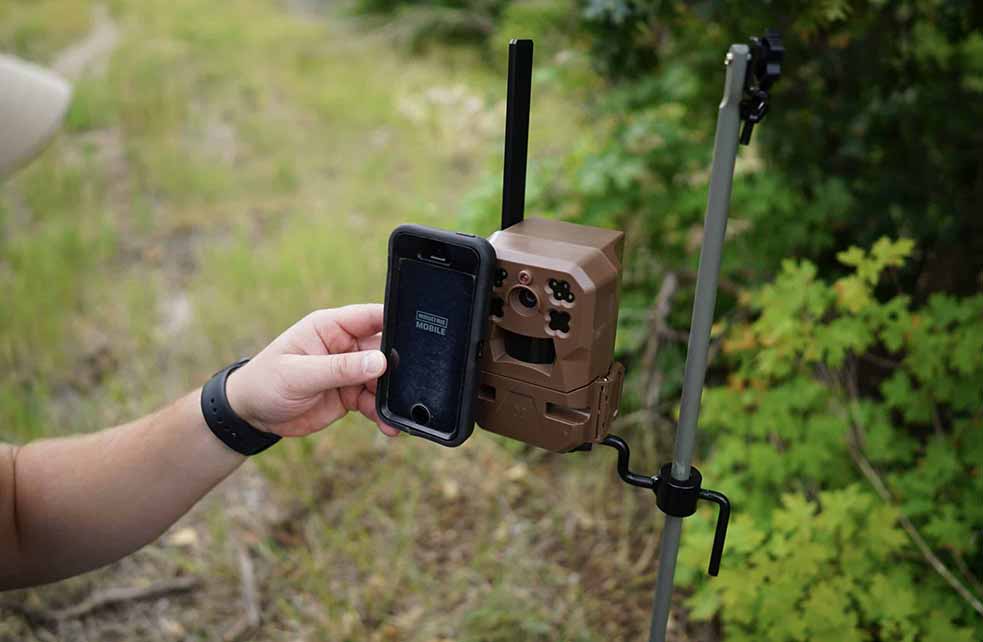Trail Cameras and Science
By: Ambassador Lindsey Davis
In Salt Lake City and along the Wasatch Front are nearly 2 million people who call the valley home and depend on its public lands, natural resources, and living systems. This is the Wasatch-Cache National Forest – the most recreated national forest in the country. The forest sees 9 million visitors annually, which is equal to the visitation rate of all five National Parks in Utah combined.
Utah is the 10th most biologically diverse state in the country, known amongst scientists as a stronghold for endemic biological diversity. The mountain ranges are isolated due to giant swaths of desert, which creates the species differentiation that lends itself to this diversity. The Wasatch front, where the city meets the National Forest, is one of the most prominent wildlife-urban interfaces in the US, where human impact meets these important ecosystems.
With the urban population on the rise, a coalition of partners came together six years ago to research the current condition of the Wasatch’s wildlife populations, habitats, and responses to human development. The method of study utilizes a large volunteer base through citizen science and motion-sensor camera traps.
Citizen science and camera trapping are incredible tools for collecting data. By training and equipping the public, scientists can execute a research study with an incredible amount of latitude and realize conservation at a much larger scale. The cameras allow for monitoring animals in their natural state and get fine-scale data with high levels of confidence. This allows biologists to create habitat profiles for each species and identify pockets of high occurrence, along with habitat pinch points throughout the canyons of the Wasatch.
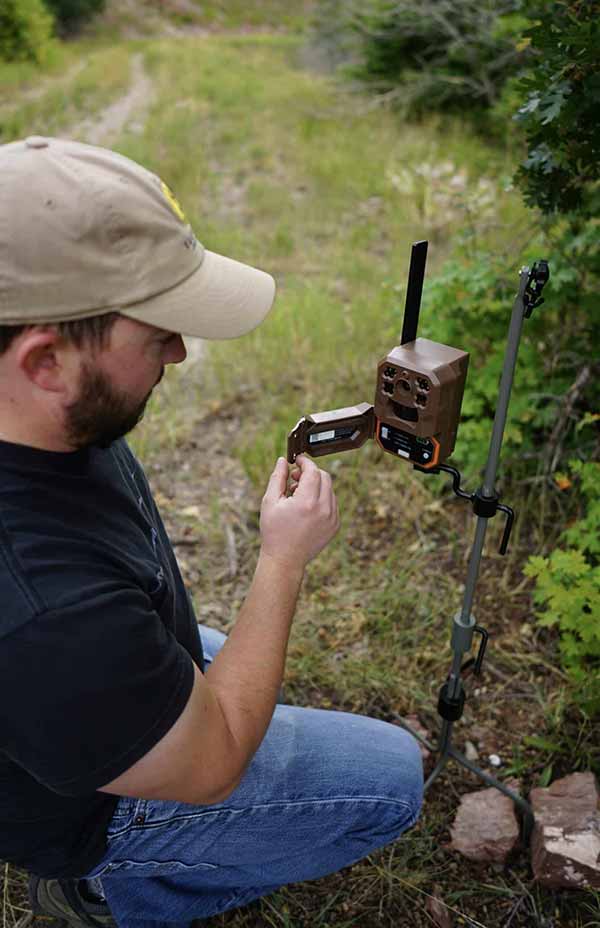
I met up with Austin this fall to install new cameras, catch up on the latest developments of the project, and get his perspective on the changing technologies in trail cameras.
How has camera technology changed in the time you’ve been using them for wildlife research?
“We started with white flash cameras that had bad photo quality and were unable to capture data at night because the flash didn’t go far enough. Then we got infrared, which allowed for passive detection and us to be able to survey at the time of day when animals are more active. What really changed the game was when there were more than one or two camera models on the market because they were really expensive. Once more and more companies got into the game, specs went through the roof, and prices went down. That’s what made it possible to start doing these types of studies in mass. I started with five cameras because that’s what we could afford. We were out almost every day trying to rotate those cameras. Now, we can buy in mass and survey a much larger area. Cellular cameras are relatively new, and these might allow for long-term monitoring and fieldwork, becoming something that is not nearly as much of a time constraint. In the Wasatch, this is huge because we only have to set up the camera once, and we can potentially survey all winter long and in remote areas as long as we can pick up a cell signal. So, our volunteers that are hiking up to 150 miles sometimes to maintain cameras only have to come back once in the year, or potentially never if the camera is on solar power.”
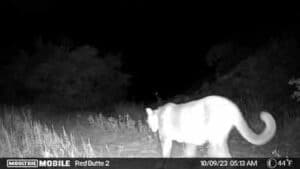
“The Utah Division of Wildlife manages over 180 Wildlife Management Areas (WMAs) across the state of Utah, totaling nearly 800 square miles of protected habitat. A major goal of these WMAs is to maintain healthy wildlife populations by providing accessible habitats with plentiful food and water resources year-round. However, in order to make sure that these WMAs are fulfilling their intended purpose, consistent, systematic monitoring is required. With the sheer number and acreage of these areas throughout the state, this type of monitoring protocol can be difficult to implement without both a large team of people and a pool of resources. If we have cellular camera networks that we can set up throughout, we can get continuous data, monitor it through the seasons, and get rapid biological assessments of all these different areas and actually have more accurate abundance and density estimates.”
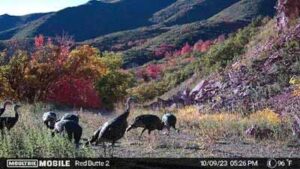
“We recently identified the importance of the new Parley’s Summit Wildlife Overpass. Mapping in 2018 showed that the north and south sections of our study were really fragmented and that I-80 was causing the connectivity issues. We repeated the analysis just after one year of the overpass, and it showed that the fragmentation had been alleviated.”
“We’ve shown just how much animals are able to change their behavior in response to growing urban development and how that affects predator-prey interactions, specifically coyote and mule deer.”
“We also joined a nationwide collaboration that started in 2019 – the Snapshot Initiative, which is the first camera-trap data network of its kind for mammals. This aggregates interesting information that can be answered through this type of dataset, like what’s driving coyote expansion across the United States, the driving factors of gray fox population decrease, and the impacts of climate and urbanization.”
“We also joined the Urban Wildlife Information Network (UWIN), which is a collaboration of 50 research institutions across the world that do urban ecology research. We are finding links between the wealth of a neighborhood and the biodiversity present and answers to what drives an animal’s ability to adapt to an urban environment. These are all massive networks of camera trappers coming together and developing protocols to work together.”
Do you have any highlights as far as the species you capture with your camera traps?
“We’re pretty sure we captured a Wolverine. We’d like to start picking up more of them to help put Utah and the Wasatch on the map conservation-wise. My personal favorite is always Mountain Lion. I love seeing how you can actually track their behavior with these types of tools. It’s so cool to watch that whole process of their breeding, litters, and mating and be privy to such a solitary creature’s life.”
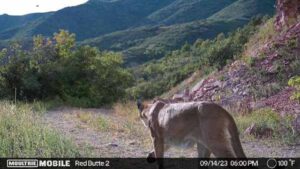
“We want to keep this project going. We set out to answer how well wildlife is doing in response to development and recreation, and we can’t get at those questions until we are at 10-15 years or so of data. Then, we can answer why certain animals are increasing or decreasing. We also want to continue our partnerships with the Division of Wildlife and Transportation to better understand the effects of wildlife fencing on roads and wildlife-vehicle collisions, as well as assess all the Wildlife Management Areas across the state to see what’s driving increases in certain populations. This will help us get a better idea of the species that are in these areas when determining hunting quotas.”
Do you have an opinion on how camera trapping has changed wildlife research?
“Camera trapping, whether it has been given a bad wrap or not, has revolutionized wildlife science. The questions that are available to us as wildlife biologists now that weren’t available to us without this technology are pretty astronomical. Mammals are weary of humans, are the most persecuted taxa on the planet, are active at night, and are naturally weary and camouflaged. Because of these factors, it’s hard to do this research, but with trail cameras, you can do this work, and you don’t have to individually capture the animals. GPS used to be the only way to study wildlife, and whether we like it or not, collars are a behavioral change that we are inflicting on the animal. With camera traps, they may hear the camera if they are a Mule Deer with giant ears, but they look at it and then go about their business. Cameras allow us to passively survey animals, really for the first time ever. There’s no direct manipulation or behavioral effect, and you’re gathering all kinds of population quality data.”
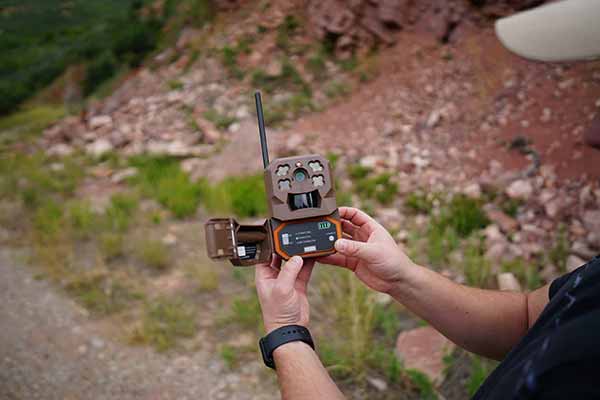
“There are a lot of different projects. The best way is to identify organizations that do this type of work in your area and sign up to volunteer. You can be a part of our study and even participate remotely by signing up through the Sageland Collaborative.
For more information, visit Sageland Collaborative.
For more information on Utah State Laws for Trail Cameras, please visit https://wildlife.utah.gov/trailcams.html
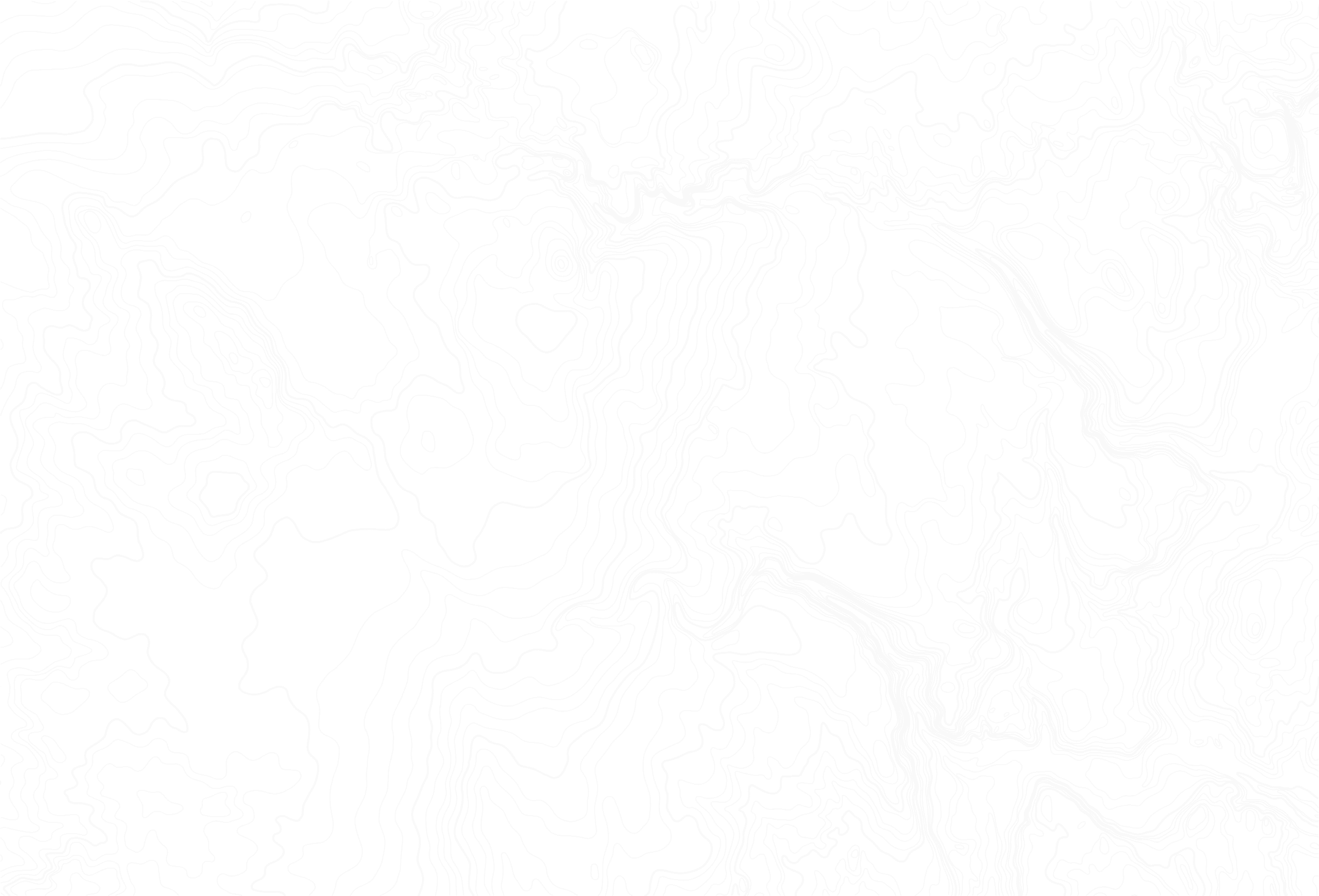

Featured
Juicy homemade jalapeno cheddar brats are perfect for grilling all summer long. They’re packed with all the right seasonings and fresh ingredients, making them extra tasty.

Featured
MeatEater and Moultrie Mobile join teams to bring hunters closer to nature.

Featured
These wild turkey skewers are tender and smothered in a homemade teriyaki glaze. Wild turkey sometimes gets a bad reputation for being a tough meat but when prepared properly using the steps in this recipe, the results are amazing.



